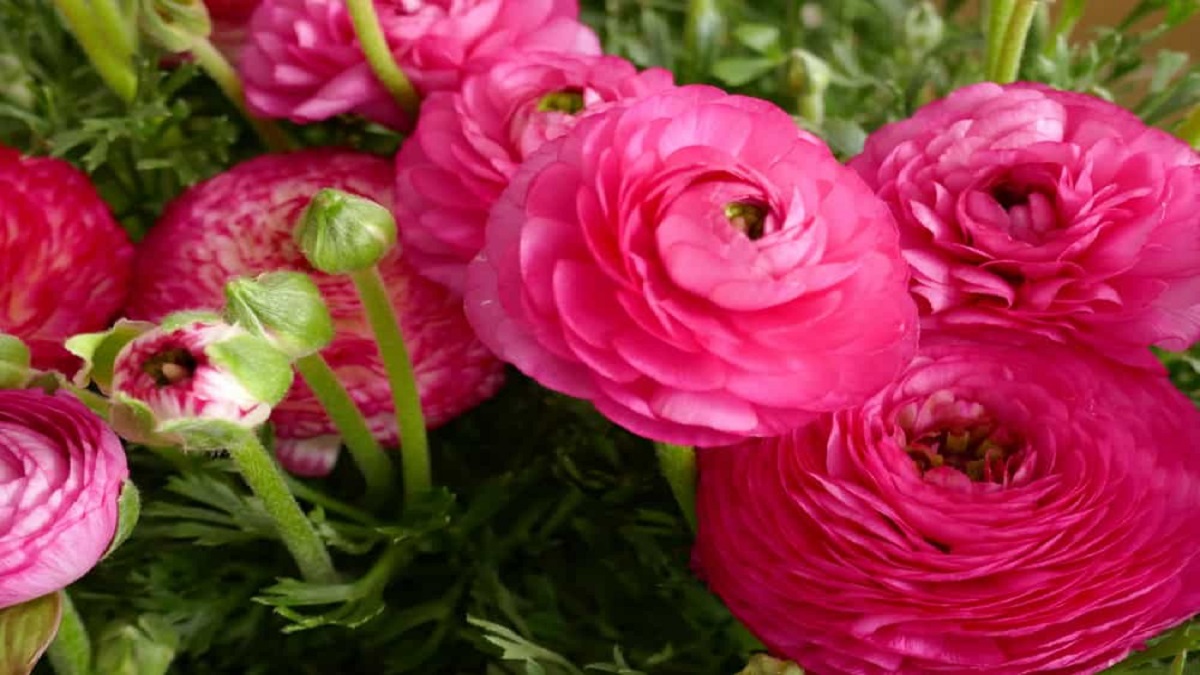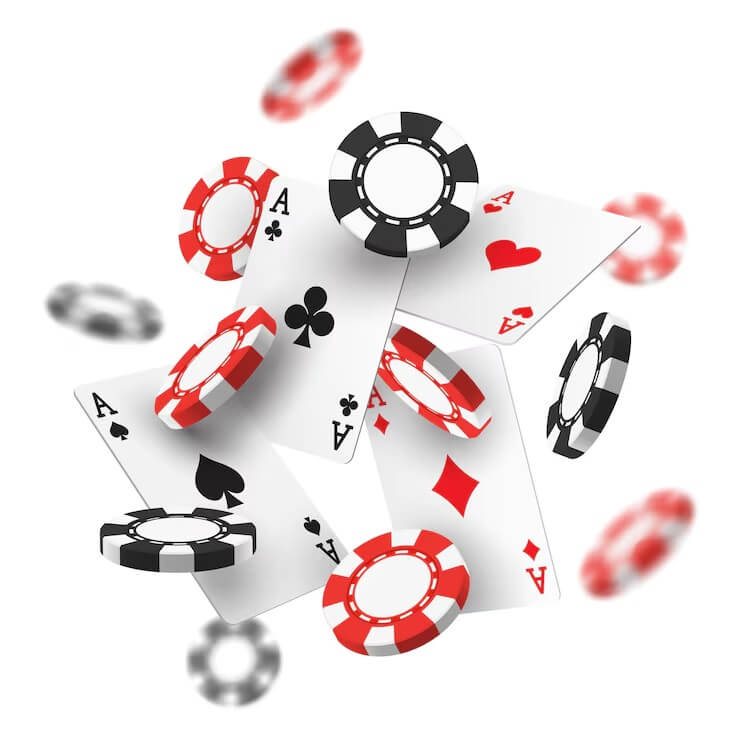
The Allure of Pink: Aesthetics, Versatility, and Cultural Impact
“aesthetic:xggg1gckx6i= pink” is more than simply a hue; it’s a style, a symbol, and a statement. Pink’s adaptability has made it a popular in fashion, art, and design, with shades ranging from subtle pastels to vivid fuchsia. This article delves into the aesthetic attraction of pink, its use in many situations, and its cultural importance.
The Aesthetic Appeal of Pink
“aesthetic:xggg1gckx6i= pink” The attraction rests in its capacity to elicit a wide range of emotions. Soft pinks frequently offer a sense of tranquility, innocence, and femininity. These colors are popular in interior design for creating pleasant and welcoming environments. On the other hand, bolder pinks radiate vitality and assertiveness, making them ideal for making a fashion or art statement.
In recent years, the term “aesthetic:xggg1gckx6i= pink” has extended beyond its conventional meaning. The development of millennial pink, a subdued, nearly neutral tint, demonstrates that pink can be both trendy and adaptable. This hue has become a mainstay in branding, social media, and lifestyle, indicating a trend toward gender-neutral interpretations.
Pink in Fashion and Design.
In fashion, “aesthetic:xggg1gckx6i= pink” has long been a favorite, from the sumptuous gowns of old Hollywood to today’s edgy streetwear. Designers have utilized pink to disrupt expectations and make powerful statements. Because of the color’s adaptability, it may be worn in a variety of ways, from a gentle blush to a vibrant neon.
Interior designers adore pink because of its potential to change a place. Pink accent walls may offer warmth and character to a room, while pink accessories can add an air of luxury. The hue works nicely with a variety of different shades, ranging from the chilly tones of gray and blue to the rich warmth of gold and brown.
The Psychological Impact of Pink
Color psychology influences how we view “aesthetic:xggg1gckx6i= pink”. Pink is often connected with love, compassion, and caring, and it has a relaxing impact on the psyche. Pink is a popular color in relaxing environments like bedrooms and spas, which is not surprising.
However, the psychological influence of pink varies depending on the hue. Light pinks are calming and can help with feelings of rage and anxiety. Hot pinks, on the other hand, are stimulating and can elicit feelings of enthusiasm and vitality. Pink’s dual nature makes it an effective design and marketing tool.
Pink’s Evolution in Pop Culture
Pink’s cultural importance has shifted throughout time. Pink has not always been considered a feminine hue. Pink was worn by both men and women during the 18th century, representing richness and rank. Pink was not widely linked with femininity until the twentieth century, particularly in Western nations.
The late twentieth and early twenty-first century saw pink recovered and reinvented. The punk movement, for example, used bright pink as a sign of resistance. Later, the hue became an important component of the “girly” look adopted by celebrities and pop cultural figures. Pink is now praised for its versatility and capacity to challenge old gender conventions.
Pink is a symbol of empowerment.
In recent years, “aesthetic:xggg1gckx6i= pink” has taken on new meanings, most notably as a sign of empowerment. The advent of the “pink wave” in politics, in which female politicians wore pink to represent strength and togetherness, demonstrates the color’s expanding function. Pink ribbons are also used to raise awareness of breast cancer, highlighting the color’s relationship with compassion and action.
Furthermore, pink is no longer limited to gender-specific applications. Pink is being embraced in ways that defy traditional preconceptions by both brands and individuals. This shift reflects a larger push for diversity and the dismantling of obsolete gender stereotypes.
The Versatility of Pink in Art
Artists have traditionally utilized the phrase “aesthetic:xggg1gckx6i= pink” to express emotion, tell tales, and make statements. Pink is a color that encourages experimentation and interpretation, from the gentle colors of Impressionist paintings to the vivid splashes of contemporary art.
Pink in Traditional Art.
Pink was commonly used in traditional art to represent beauty, love, and purity. Artists such as Pierre-Auguste Renoir and Claude Monet employed pink to portray the delicate beauty of flowers, landscapes, and portraiture. These pieces demonstrate how pink may elicit sentiments of warmth and peace, pulling the observer into the environment.
Pink in Contemporary Art.
Pink’s potential continues to be explored by contemporary artists, who use it in new and imaginative ways. Pink in modern art, whether as a primary or accent hue, frequently challenges viewers’ preconceptions and asks them to investigate the underlying meanings behind the color. Artists like as Takashi Murakami and Yayoi Kusama have employed pink to produce visually spectacular and thought-provoking works.
Pink in Digital Art & Design.
Pink has been a prominent color in digital art, graphic design, and social media aesthetics. Its capacity to stand out on displays, as well as its relationship with modernism, making it a popular hue among companies and influencers. Pink is utilized to build coherent and visually attractive designs that engage with people across a variety of platforms, including websites and Instagram feeds.
Pink’s Future: Predictions and Trends
Pink’s position in fashion, design, and society will grow over time. The color’s adaptability assures that it will stay popular, but we may expect fresh interpretations and applications of pink in the future years.
Pink for Sustainable Fashion
Pink is gaining popularity in the sustainable fashion industry. As customers grow increasingly aware of the environmental effect of their purchasing decisions, designers are discovering new ways to incorporate pink into eco-friendly materials and procedures. Pink is being utilized in ways that reflect the increased demand for sustainability, ranging from organic cotton to recycled textiles.
The Rise of Pink in Technology.
Pink is also becoming more popular in technology, especially in consumer electronics. From smartphones to smart home equipment, pink is utilized to bring individuality and elegance. This trend reflects an increased desire for digital items that are both useful and visually beautiful.
Pink in Global Culture.
Finally, Pink’s global popularity is growing. Pink is emerging as a symbol of togetherness and variety as civilizations all around the world embrace the hue in new ways. Pink, whether in fashion, art, or design, is a hue that crosses boundaries and brings people together.
Conclusion: The Enduring Appeal of Pink
“aesthetic:xggg1gckx6i= pink”‘s continuing appeal stems from its capacity to adapt and change. Pink is a hue that continues to inspire and attract people, both for its aesthetic appeal and its cultural importance. As we look ahead, pink will surely remain a prominent and adaptable hue in fashion, art, and beyond. Pink, whether in a gentle blush or a bright fuchsia, offers for limitless creativity and expression.



